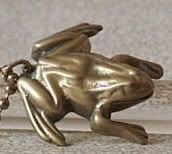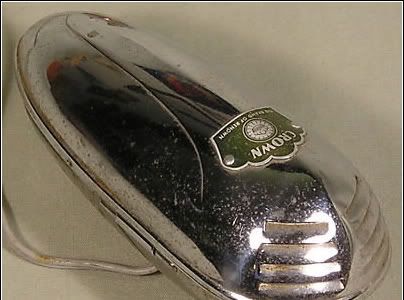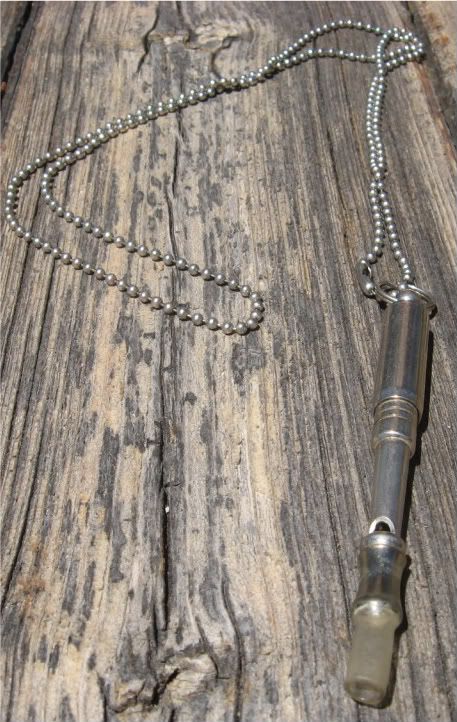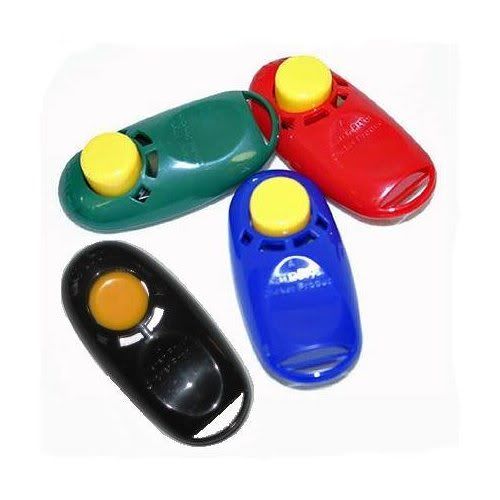Above: Marker brand known as the i-clicker
Clicker fear? Is your pet afraid of the sound of a clicker? Believe it or not, it isn’t that uncommon.
When I first began using secondary reinforcers (or a tool more commonly referred to as a “marker”) there were not any clickers specifically on the market for trainers.
 So, we coveted those brass ones from Asia and those little alligator party toys plus any little party toy that we came across.
So, we coveted those brass ones from Asia and those little alligator party toys plus any little party toy that we came across.
I still have my brass frog and one of my alligators from the 1970s but my original training bag went missing with my buzzers, large cat chains (leashes for tigers and lions) and sea lion training bucket. *sigh*
Today there are a lot of choices when it comes to clickers but some animals exhibit fear when they first are introduced to the click.

There are a few different solutions but the first thing I want to point out that a marker does not have to be a clicker.
Normally I have people use a particular word to mark the behavior but you can use a tongue click, a click-able pen, or you can get a bit innovative.
Sometimes people mistakenly use the clicker as they would a remote control.
This does not control the behavior of the pet! LOL
But it can scare an animal.
So, the first thing to do is to train the pet to the sound using established associations.
For instance, when you are getting ready to put down the food bowl during feeding time, use a clicker once or twice while you prepare the food if the animal is present, or just prior to putting the food bowl down.
Over time, the click becomes a positive association and you can begin to use it before giving treats and then transition to “charging the marker” (another post for the future).
Also, consider muffling the sound by placing it in your pocket or by muffling it with a wash cloth.
Some trainers have used layers of tape and gradually remove them, which slowly increases the volume of the click.
Today people tend to be a bit polarized and want to label themselves…clicker trainer is one such moniker.
 But I want to point out that you can just as easily train an animal using a training whistle, training light, just as easily as you could do something else.
But I want to point out that you can just as easily train an animal using a training whistle, training light, just as easily as you could do something else.
If you want, you can now pick from an assortment of clickers or use the versatile i-clicker. (The Clicker+ is currently off the market but offered a variety of tones to select from.)
I often use a voice marker but my adapted training whistle (on a chain around my neck with a bit of aquarium tubing that allows me to hold it in my mouth and still talk) or the clicker attached on my training bag all can be used easily and effectively.
The key to successful animal training is to be sure that your training subject develops trust and is comfortable so he or she can learn.
Take time to take the steps to develop that trust and be flexible enough to try something else if your pet (or other animal student) is not receptive to the use of a clicker.
Let me know about your successes or challenges in training an animal to accept a clicker in the comments below.


